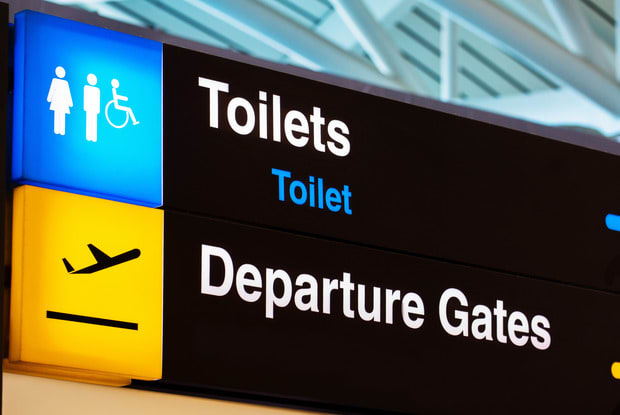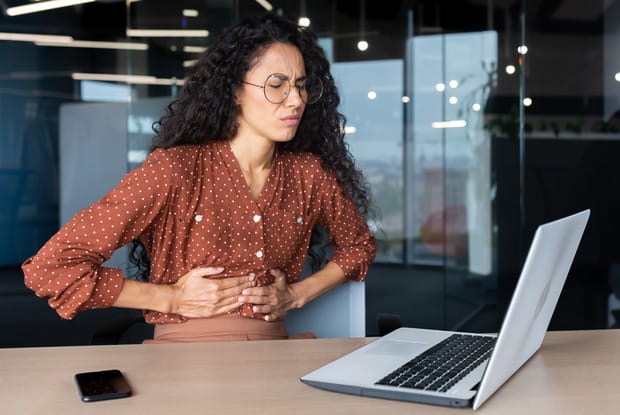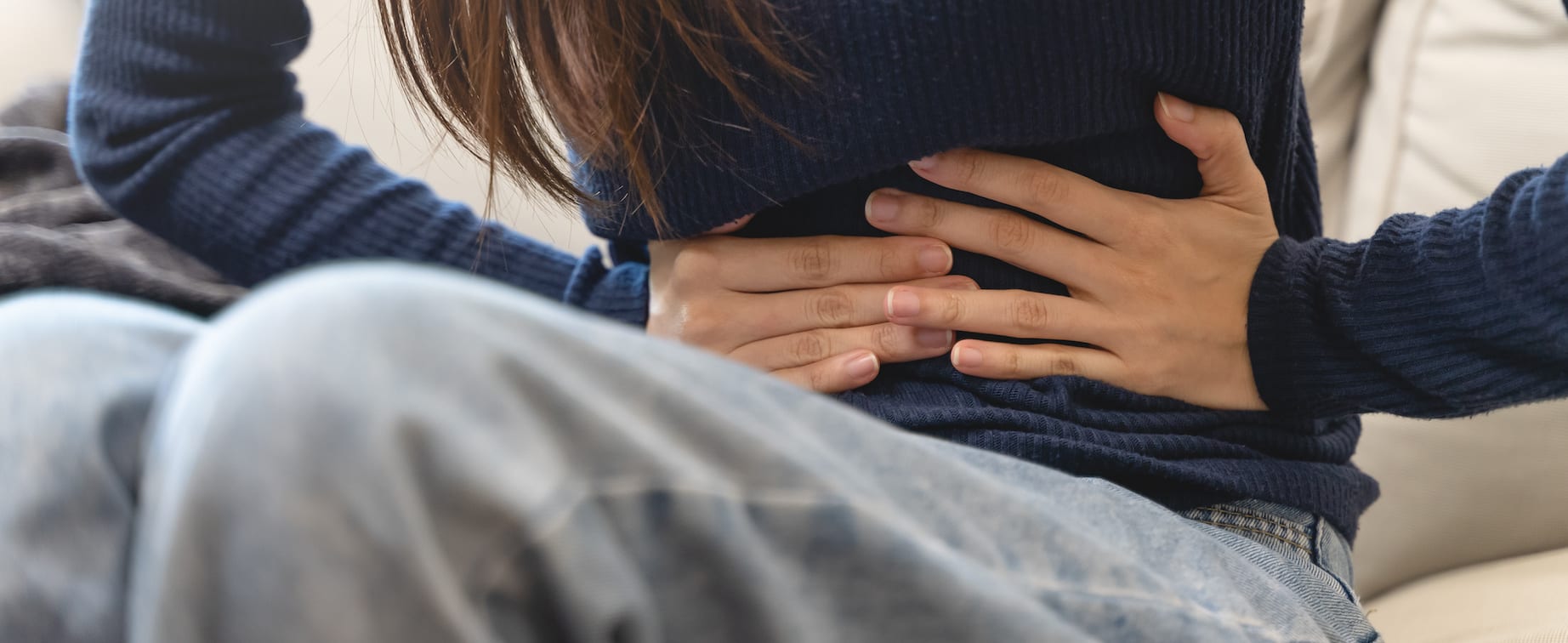Table of Contents
IV. How Long Does it Take for Xifaxan to Work?
V. What to Eat While on Xifaxan
VI. How Long Does Xifaxan Last?
What is Xifaxan?
Xifaxan is an antidiarrheal and antibiotic medication that contains rifaximin. This ingredient is a semi-synthetic antibiotic that has the ability to stop bacterial overgrowth in the intestines. Xifaxan is available at an online pharmacy like MyDrugCenter in three dosage strengths: 200 mg, 400 mg, and 500 mg. My Drug Center carries generic Xifaxan to help you save on this effective and popular antibiotic. Read on to learn how Xifaxan is used and how it works.
What is Xifaxan Used For?
Xifaxan is primarily used to treat traveler’s diarrhea caused by an Escherichia coli (E. coli) infection in patients 12 years and older. Rifaximin is also approved to reduce symptoms of irritable bowel syndrome with diarrhea (IBS-D). Finally, Xifaxan can be prescribed to lower the risk of hepatic encephalopathy (HE), a condition where uncontrolled bacterial growth and poor liver function cause high toxicity in the body. Xifaxan should not be used if your symptoms are accompanied by fever or blood in the stool. Your doctor will determine the Xifaxan dosage and treatment length for your condition.

Xifaxan works by suppressing the growth of bacteria in the bowel. It is highly effective at improving symptoms of diarrhea because it works directly in the intestines and is not absorbed into the bloodstream. Symptoms of traveler’s diarrhea, IBS-D, and HE naturally improve when the harmful bacteria in the stomach are destroyed. Xifaxan is not an antiviral or antifungal medication and is only suitable for treating bacterial infections. Xifaxan begins working within an hour for most patients, but the action time of Xifaxan depends on your dosage strength and condition.
Xifaxan for SIBO
Rifaximin may also be used to treat small intestinal bacterial overgrowth (SIBO). This condition is similar to traveler’s diarrhea and occurs when excess bacteria in the small intestine causes malnutrition, loss of appetite, and abdominal pain. SIBO may also cause bloating, weight loss, and nausea. Although more research is needed to treat SIBO more effectively, Xifaxan is useful for reducing harmful bacteria in the small intestine to alleviate inflammation and improve the absorption of nutrients. In addition to prescribing Xifaxan, your doctor may seek to treat the underlying cause of SIBO, which may include celiac disease, bowel obstruction, or gastroparesis. [1]

How Long Does it Take for Xifaxan to Work?
As mentioned above, Xifaxan generally begins working in one hour, but several factors affect Xifaxan’s onset time. If you take contraindicated drugs like cyclosporine, Xifaxan may not work as quickly. Drug interactions also increase your risk of side effects, so it is important to tell your doctor about the medications you take before starting treatment. To maximize the benefits of rifaximin, it is vital to complete the prescribed treatment period. Traveler’s diarrhea is usually treated with Xifaxan 200 mg for three days, and IBS-D is usually treated with Xifaxan 550 mg for two weeks. [2]
What to Eat While on Xifaxan
Xifaxan may be taken with or without food, but certain foods may trigger diarrhea and should be avoided as they may increase the risk of Xifaxan side effects. Chicken, lactose-free dairy, and non-starchy vegetables are generally well-tolerated. On the other hand, sugary foods and dairy products often worsen symptoms. If you see a dietician, they may recommend keeping a food journal to help you identify and avoid triggers.

The right Xifaxan dosage can help clear up symptoms of diarrhea, but taking rifaximin too often can be dangerous. Xifaxan should not be used unless an E. coli infection is properly diagnosed by your doctor. Using Xifaxan when no infection is present may cause drug-resistant bacteria to develop, making future infections difficult to treat. If you have used Xifaxan before, taking rifaximin again may increase your risk of antibacterial resistance. To prevent this complication, it is important to discuss your medical history with your physician prior to treatment. [3]
How Long Does Xifaxan Last?
Rifaximin has a half-life between five to six hours in most patients. After stopping Xifaxan, it takes more than a day to completely exit your body. For IBS-D, Xifaxan gives patients up to 10 weeks of symptom relief after the treatment period. [4] The body utilizes the CYP3A4 protein in the liver to break down rifaximin. To ensure Xifaxan works effectively, avoid foods and drugs (like grapefruit and ketoconazole) that inhibit CYP3A4. To read more articles on Xifaxan, visit MyDrugCenter’s blog section today.
DISCLAIMER: The information in the article is not meant to be used for treatment or diagnosis. It is designed for general awareness and for information purposes only. Always consult a medical professional for your specific healthcare needs.
